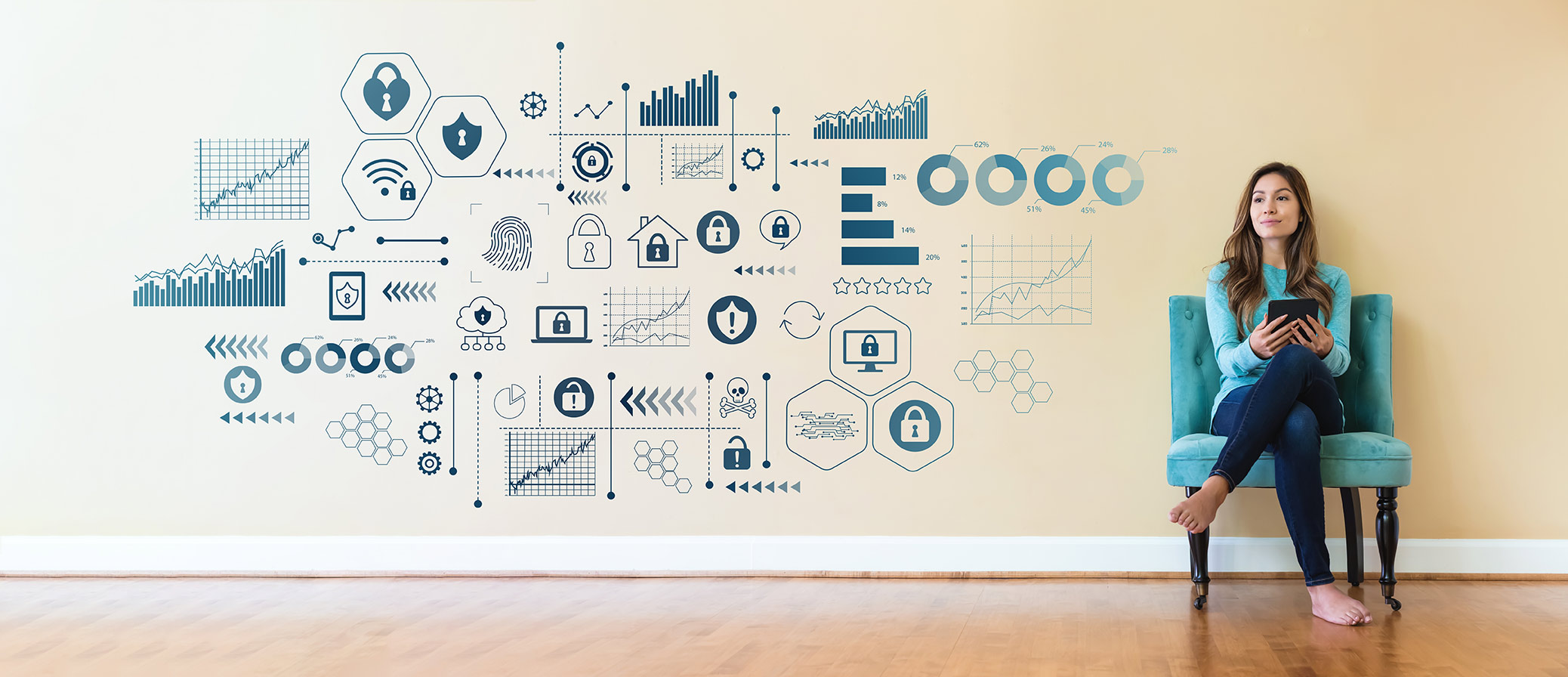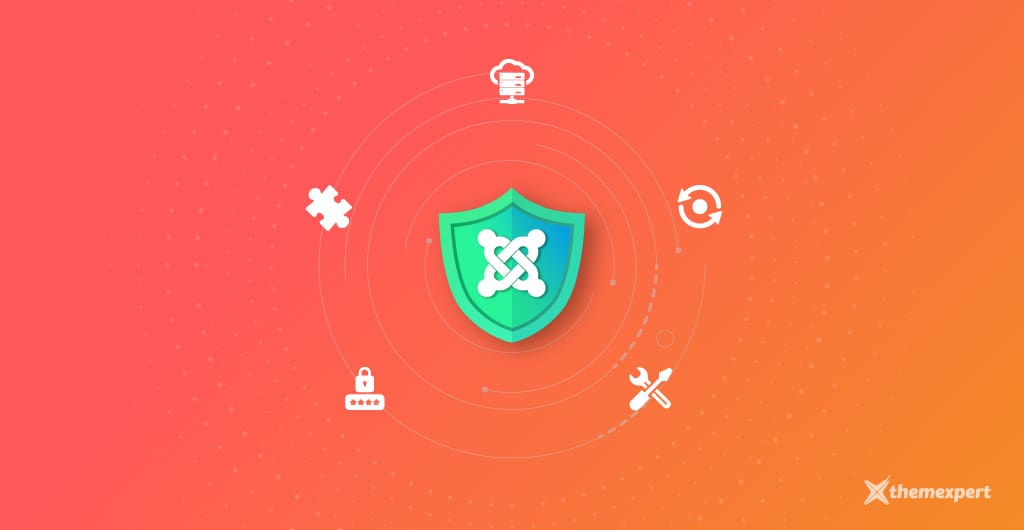No, a website cannot be 100% secure. There will always be vulnerabilities and potential threats.
Websites face constant security challenges. Cyber threats evolve rapidly, making complete security impossible. Regular updates and strong security practices can mitigate risks. Using SSL certificates, firewalls, and strong passwords are essential steps. Educating users about phishing and other threats also helps.
Website owners must stay vigilant and proactive. Regular security audits and patches are crucial. Hiring security experts can provide additional protection. No system is ever entirely foolproof. Constant monitoring and improvement are necessary to maintain security. Balancing usability and security is key. Protecting sensitive information should always be a top priority. Cybersecurity is an ongoing process, not a one-time task.

Common Threats
Website security is a critical concern. Various threats can compromise your site. Understanding these threats is essential for maintaining a secure online presence.
Malware
Malware is malicious software that can damage your website. It can steal sensitive data or hijack your site. Types of malware include viruses, worms, and trojan horses.
Common signs of malware:
- Slow website performance
- Unusual pop-ups
- Unauthorized changes to site content
Phishing Attacks
Phishing attacks trick users into revealing personal information. Attackers use fake emails or websites. They often mimic trusted brands.
Signs of phishing attacks:
- Emails with suspicious links
- Requests for personal information
- Unusual login attempts
Ddos Attacks
DDoS attacks flood your website with traffic. This makes your site unavailable to users. Attackers use multiple systems to send fake traffic.
Effects of DDoS attacks:
- Website downtime
- Slow loading times
- Loss of revenue
By understanding these common threats, you can better protect your website. Stay vigilant and regularly update your security measures.

Basic Security Measures
Basic security measures are crucial for protecting any website. Implementing these steps can significantly reduce risks. Let’s explore some essential security practices.
Ssl Certificates
An SSL certificate encrypts data between the browser and server. This makes it hard for hackers to intercept information. Websites with SSL certificates show a padlock icon in the address bar. This assures users that their data is secure. It also helps in gaining user trust and improving search rankings.
Regular Updates
Regular updates are vital for website security. Software developers release updates to fix bugs and vulnerabilities. Ignoring updates can leave your website exposed to attacks. Always keep your CMS, plugins, and themes up-to-date. This ensures that you have the latest security patches.
Strong Passwords
Strong passwords are the first line of defense against unauthorized access. Avoid using common words or simple combinations. Use a mix of upper and lower case letters, numbers, and special characters. Change passwords regularly to maintain security. Consider using a password manager to generate and store strong passwords.
Advanced Security Techniques
Ensuring a website’s security is crucial. While 100% security is hard to achieve, advanced techniques help a lot. These methods protect websites from many threats. Below are some of the most effective advanced security techniques.
Encryption
Encryption turns readable data into unreadable code. This way, only authorized users can read the data. Websites use SSL/TLS protocols for encryption. This protects data during transmission. Look for HTTPS in the URL. It means the site uses encryption. Encryption helps in protecting sensitive information like passwords and credit card details.
Firewalls
A firewall acts as a barrier between a trusted network and an untrusted one. It monitors incoming and outgoing traffic. Firewalls block unauthorized access. They can be hardware or software-based. Firewalls are essential for protecting network security. They filter out harmful traffic and allow safe traffic.
Intrusion Detection Systems
An Intrusion Detection System (IDS) monitors network traffic for suspicious activity. It alerts the admin about potential threats. There are two types of IDS: Host-based and Network-based. Host-based IDS monitors individual devices. Network-based IDS monitors the entire network. IDS helps in early threat detection and quick response.
User Education
Education plays a crucial role in website security. Users must understand the risks and best practices. This knowledge helps in safeguarding personal information and preventing cyber attacks.
Recognizing Scams
Users need to identify online scams quickly. Scammers often use fake emails and websites. These tricks deceive people into giving away sensitive information.
- Look for suspicious email addresses.
- Avoid clicking on unknown links.
- Check for spelling errors in the message.
It’s important to always verify the source. If unsure, contact the official company directly.
Safe Browsing Practices
Safe browsing is essential for preventing cyber threats. Users should follow certain practices:
- Use a secure browser.
- Enable pop-up blockers.
- Keep software updated.
These practices help in avoiding malware and phishing attacks. Always look for “https” in the URL. This ensures the site is secure.
Two-factor Authentication
Two-Factor Authentication (2FA) adds an extra layer of security. It requires two forms of identification to access an account.
- Password or PIN
- A secondary code sent to your phone
2FA makes it harder for hackers to access your account. Users should enable 2FA whenever possible. This simple step can greatly enhance security.
Monitoring And Response
Ensuring a website’s security is a constant battle. The landscape of cyber threats is always changing. Monitoring and response are key components of a robust security strategy. These actions help detect and address security issues swiftly. Below, we delve into three critical aspects: Security Audits, Incident Response Plans, and Continuous Monitoring.
Security Audits
Regular security audits are essential. They help identify vulnerabilities before hackers do. These audits can be automated or manual. Automated tools scan for known threats. Manual audits involve expert reviews. Both methods are crucial for comprehensive security.
Security audits should cover various areas:
- Code review
- Configuration checks
- Network security
- Access controls
A detailed audit report is valuable. It highlights risks and provides remediation steps. Addressing these findings promptly enhances security.
Incident Response Plans
An Incident Response Plan is a must-have. This plan outlines steps to take during a security breach. Quick and effective response minimizes damage.
Key components of an Incident Response Plan include:
- Detection and analysis
- Containment and eradication
- Recovery and lessons learned
Regularly test and update the plan. This ensures readiness and effectiveness.
Continuous Monitoring
Continuous monitoring is vital for real-time threat detection. This involves using tools and techniques to watch for suspicious activities. Alerts are generated for anomalies.
Benefits of continuous monitoring:
- Early detection of threats
- Real-time alerts and notifications
- Improved response times
- Enhanced visibility into security posture
Continuous monitoring tools include:
| Tool | Function |
|---|---|
| SIEM | Security Information and Event Management |
| IDS/IPS | Intrusion Detection/Prevention Systems |
| Endpoint Security | Protects devices from threats |
Investing in continuous monitoring enhances overall security. It helps maintain a proactive security posture.
Emerging Threats
In today’s digital age, emerging threats pose significant challenges to website security. These threats are constantly evolving, making it harder to keep websites 100% secure. Let’s explore some of these threats:
Ai-powered Attacks
AI-powered attacks are becoming more sophisticated. Cybercriminals use AI to automate attacks. They can scan for vulnerabilities faster than humans can respond.
- Automated Phishing: AI can create convincing phishing emails.
- Malware Development: AI helps in crafting undetectable malware.
- Pattern Recognition: AI identifies security patterns to exploit.
Zero-day Vulnerabilities
Zero-day vulnerabilities are unknown to the software vendor. Hackers exploit these before they are patched. This makes them highly dangerous.
- Immediate Threat: No time for the vendor to fix the issue.
- High Impact: Can affect many users quickly.
- Stealthy: Often go unnoticed until damage is done.
Iot Security
With the rise of IoT devices, security risks have increased. Many IoT devices lack robust security measures.
| Device | Common Vulnerability |
|---|---|
| Smart Home Devices | Weak passwords |
| Wearables | Unencrypted data |
| Industrial IoT | Outdated firmware |
Securing IoT devices is crucial. They can be entry points for attacks.

Frequently Asked Questions
Can A Website Be Fully Secure?
No website can be completely secure. There are always vulnerabilities and potential threats. Regular updates and monitoring can help.
How Can I Improve My Website’s Security?
Use strong passwords, enable HTTPS, and regularly update software. Implement security plugins and conduct regular security audits.
What Are Common Website Security Threats?
Common threats include malware, phishing, and DDoS attacks. SQL injection and cross-site scripting are also prevalent.
Is Https Enough For Website Security?
HTTPS is crucial but not enough alone. It encrypts data but doesn’t protect against other vulnerabilities like malware.
Conclusion
Achieving 100% security for a website is nearly impossible. Constant vigilance and updates are crucial. Employ strong passwords, encryption, and regular security audits. Educate your team about potential threats. By taking these measures, you can significantly reduce risks and enhance your website’s security.
Stay proactive and always prioritize cybersecurity.
